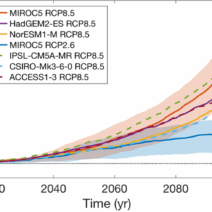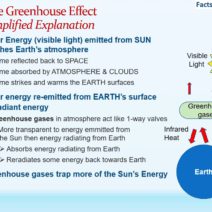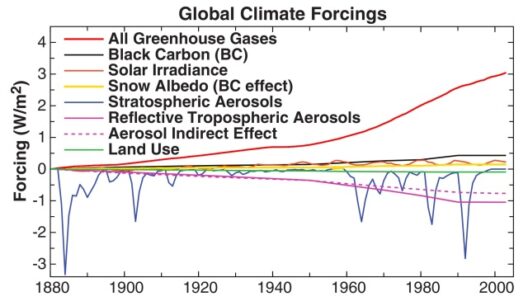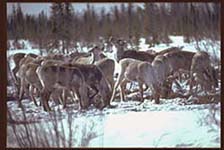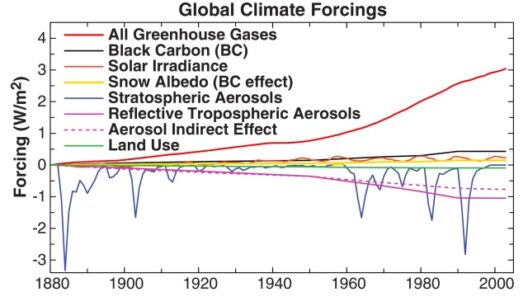Rural America stands at the forefront of a transformative movement, where communities are taking the initiative to combat global warming. This grassroots phenomenon is not merely a response to climate change but an exemplar of resilience, ingenuity, and a profound sense of stewardship for the planet. The reasons behind this rural uprising are manifold, revealing not only the immediate impacts of climate change but also deeper societal values, economic realities, and environmental imperatives that galvanize these communities.
Historically, rural areas have often been peripheral in conversations about climate action, overshadowed by urban landscapes brimming with resources and opportunities. However, as climate change intensifies, rural communities are increasingly feeling its effects—farming struggles under prolonged droughts, water resources dwindle, and natural disasters become more frequent and severe. This palpable connection to the land instills a sense of urgency among rural residents. They recognize that climate change is not an abstract concept; it is a tangible threat to their livelihoods and way of life.
One of the most notable strategies rural communities employ is sustainable agriculture. Farmers are not waiting for policy shifts; they are reimagining their practices to enhance resilience against climatic stresses. Innovative practices such as crop rotation, conservation tillage, and permaculture are gaining traction. These methods not only mitigate soil erosion and improve biodiversity but also serve as a bulwark against the harsh realities of climate change. Smallholder farmers are increasingly adopting diversified farming systems that promote ecological balance, ultimately helping to sequester carbon and enrich the soil.
In conjunction with agricultural innovations, rural communities are harnessing renewable energy sources to reduce their carbon footprints. Wind farms and solar arrays are sprouting across the rural landscape, transforming the energy paradigm that has long been dominated by fossil fuels. This shift towards renewables is catalyzed not just by a desire for environmental stewardship but also by economic incentives. By investing in locally-sourced energy, these communities can reduce reliance on external sources, create jobs, and invigorate local economies. The transition to clean energy is not merely an environmental necessity; it is a pathway to economic resilience and autonomy.
The social fabric of rural America is also a crucial component in the fight against climate change. Community engagement plays a pivotal role in fostering a culture of sustainability. Local organizations and grassroots movements are at the helm, empowering residents to advocate for environmentally conscious policies and practices. Education initiatives that focus on environmental literacy are proliferating, equipping individuals with the knowledge and skills needed to engage in climate action. Through collaboration and shared stewardship, rural communities forge a strong sense of collective responsibility for their environment, viewing it as an interconnected system necessitating protection.
Moreover, intergenerational knowledge transfer is a defining characteristic of rural areas. Elders—who have often observed the rhythms of nature across decades—pass down invaluable wisdom to younger generations. This lineage of environmental consciousness cultivates a deeper understanding of local ecosystems and reinforces the idea that stewardship is a community obligation. In this sense, rural America becomes not just a collection of individuals but a cohesive entity devoted to nurturing the land for future inhabitants.
Local governance also plays an instrumental role in mitigating global warming. Many rural communities are championing climate action through local policies and regulations. Initiatives such as promoting public transportation, incentivizing energy efficiency improvements, and maintaining green spaces are becoming commonplace. These legislative endeavors empower communities to tailor their climate strategies to their unique environmental contexts and socio-economic realities. Notably, rural voices in policy discussions elevate concerns often neglected by urban-centric viewpoints, ensuring a more holistic approach to climate resilience.
At the same time, the challenges these communities face cannot be overlooked. Rural areas often grapple with limited access to financial resources and technical expertise. This disparity can hinder the implementation of ambitious climate initiatives. However, innovative financing models and public-private partnerships are emerging as viable solutions. By leveraging state, federal, and private investments, rural communities can access the capital necessary to fund sustainability projects, thus bridging the resource gap that has historically stymied their efforts.
Another significant aspect of the rural climate action narrative is the emphasis on biodiversity and conservation. Recognizing that ecosystems are under threat from climate-related changes, rural communities are becoming custodians of nature. Initiatives focused on reforestation, wetland restoration, and habitat protection have gained momentum. These efforts not only aim to enhance resilience but also restore the intricate balance of flora and fauna endemic to rural landscapes, enriching both the environment and the community’s identity.
Ultimately, the rural uprising against global warming reflects a profound and multifaceted engagement with the pressing climate crisis. The grassroots movements, innovative agricultural practices, the transition to renewable energy, community cooperation, and local policy initiatives are vital threads in the tapestry of climate action woven across rural America. This shared narrative underscores a collective consciousness—a recognition that the fight against climate change transcends geographical divides, uniting individuals in their quest for a sustainable future.
As these communities continue to innovate and collaborate, they transform rural America into a hub of environmental responsibility and resilience. Their actions illustrate that sustainable practices can emerge from even the most unassuming places, reminding society that the battle against climate change is not solely the province of urban activists or policymakers; it is a shared endeavor that resides in the heart of every community, rural or otherwise.
